Mar
26
2013
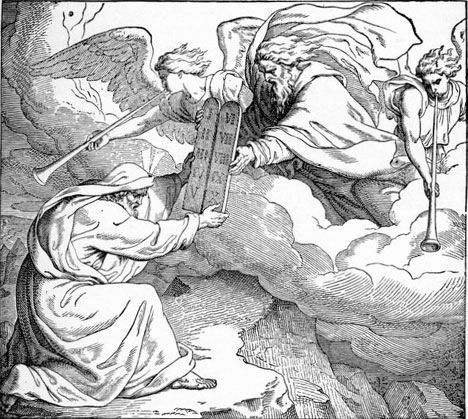
Part 1 | Part 2 | Part 3 | Part 4
It’s been a while since I blogged due to some pesky Russian hackers.
Well, it looks possible at this point that Ephesians actually has eight cycles, just as many of its “sevenfold” stanzas have eight lines. This is because step three reflects the Altar and the Table, the Land and the fruits of Day 3 (the first half of the cycle has a preliminary “filling”).
This means that the previous cycle, which spoke of the gifts to the Church, concerned the initial outpouring of the Spirit by Christ at His ascension. If that was the “three-and-a-half,” this next cycle must then be the Day 4, the governing lights, which seems to be the case as it begins with a reference to enlightenment, and proceeds to comment on what this looks like in the saints. If this is indeed the structure here, what follows below is the “Ethics opened” section of the epistle. The new Israel will not be given to harlotry in the wilderness, as the old one was.
Continue reading
Comments Off | tags: Compromise, Ephesians, Literary Structure | posted in Bible Matrix, Biblical Theology, The Last Days
Mar
20
2013
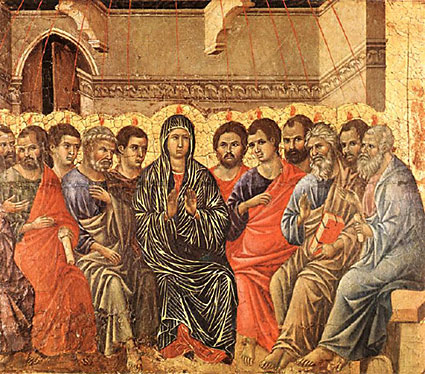 Part 1 | Part 2 | Part 3
Part 1 | Part 2 | Part 3
We have arrived the central cycle, the “Pentecost” of the epistle. Here’s how it looks so far:
Continue reading
Comments Off | tags: Baptism, Ephesians, Literary Structure, Paul | posted in Bible Matrix, Biblical Theology, The Last Days
Mar
13
2013
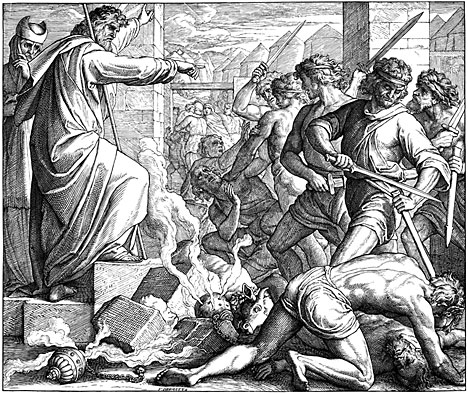
Part 1 | Part 2
The first cycle of Ephesians expressed the call and adoption of God’s sons as a new Creation (Sabbath). At its very centre was the phrase, “the forgiveness of our trespasses.” At the centre of the second, which concerned the removal of the Veil of Moses, was “the sons of disobedience,” a Division between the sons of the promise and the sons of the flesh (Passover). This division was obviously no longer founded on genealogy but began with voluntary allegiance to Jesus. Circumcision or uncircumcision became irrelevant.
Continue reading
Comments Off | tags: Ephesians, Leviticus, Literary Structure, Revelation | posted in Bible Matrix, Biblical Theology, The Last Days
Mar
6
2013
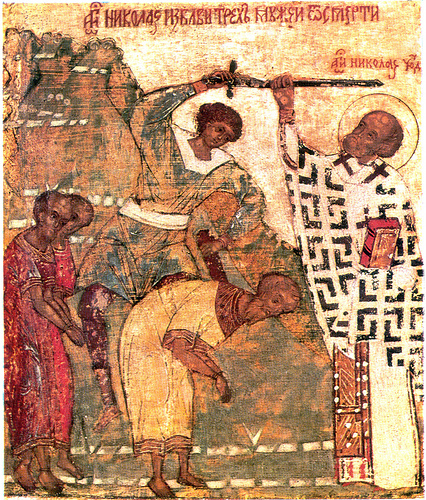 Part 1 here.
Part 1 here.
Bible commentators will tell you that Paul’s epistle to the Ephesians contains great riches. Unfortunately, without any reference to its Mosaic literary structure, it comes across as a jumble of jewels in a treasure chest. However, analysis of the structure allows us to appreciate the fine networks and chains of thought in the literary architecture — and also the clever allusions contrasting old Israel with the New. It also demonstrates Jesus’ fulfillment of the Mosaic Law.
Continue reading
Comments Off | tags: Balaam, Ephesians, Lampstand, Leviticus, Literary Structure, Revelation, Revelation 20 | posted in Bible Matrix, Biblical Theology, The Last Days
Mar
4
2013
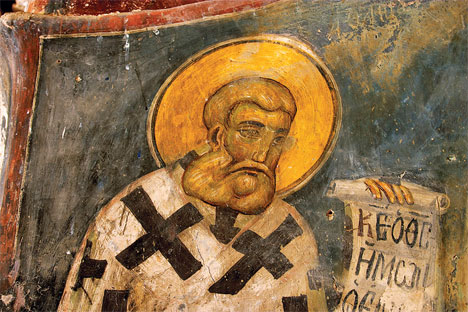
or the Covenanto-Architecturo-Historico-Grammatico-Muso Method
“A seal is meant to be broken.”
During the first of his recent lectures in London, James Jordan tore a page out of his Bible. It was the page announcing the New Testament as a separate book with its own pagination. It is one thing to interpret the New Testament in the light of contemporary literature and history, but their importance pales in comparison to the texts being recognized as a continuation of the Scriptures.
Continue reading
3 comments | tags: Ephesians, Fractals, Hermeneutics, Literary Structure, Revelation, Systematic typology | posted in Bible Matrix, Biblical Theology, The Last Days, Totus Christus
Feb
27
2013

“One tessera at a time, painstaking, laborious, such is the truth of mosaic art. Opus Veritas.” – Massimiliano Salviati
The confusion about women’s roles in Church is not confined to one side of the modern debate. Neither side seems to have much idea at all. Both sides suffer from a theology consisting of disjointed facts filed in little boxes. They think in elements rather than processes, snapshots rather than movies. The problem is the result of a lack of a whole-Bible, Covenant-sensitive approach to the matter, one which James Jordan excels at, one which traces the roots of the problem to the (pretty much) wholesale jettisoning of centuries old liturgy, failure to see Old Covenant worship fulfilled in New Covenant worship, and the ridiculous classification of early Genesis as a polemic against ancient paganism, rather than the foundation of all worship, liturgy, sacred architecture and history. This means if one says anything about the issue publicly, one is likely to be misunderstood.
Continue reading
Comments Off | tags: Literary Structure, Voice of the Bride | posted in Bible Matrix, Biblical Theology
Feb
18
2013
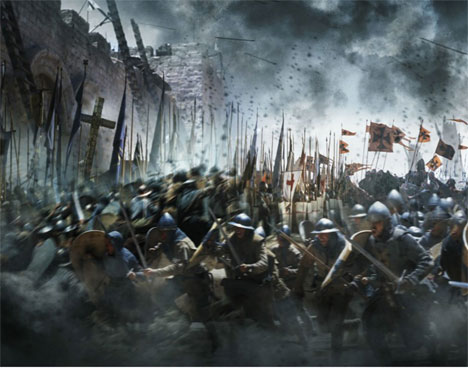 or What Was A Nazirite?
or What Was A Nazirite?
“A defiled Nazirite is an Adam or an Eve who has failed at holy war and thus cannot enter into God’s rest.”
Since I rave on about structure so much (and how wrong it is that we moderns regard it as merely an ornamental option rather than as the label on the tin) the fractalicious* Covenant structure of Numbers 6 should give us some clues as to what the Nazirite vow actually was in the big picture.
Continue reading
2 comments | tags: Baptism, Literary Structure, Nazirite, Numbers, Numbers 6 | posted in Bible Matrix, Biblical Theology, The Last Days
Feb
12
2013
 “With this theory of the joke in mind, the final chapter of Nehemiah is holy and hysterical.”
“With this theory of the joke in mind, the final chapter of Nehemiah is holy and hysterical.”
In his book, Deep Exegesis, Peter Leithart speaks of the biblical text as many things, but none is more confronting than his viewing the text as a “joke.” His explanation, however, makes perfect sense. What makes a joke funny? It is either prior knowledge to which not everyone is privy, or a confounding of expectations (which are also based on prior knowledge to some degree). The Bible is full of such jokes, and realizing one is in on the joke is immensely satisfying.
Continue reading
Comments Off | tags: Compromise, Ezra, Hermeneutics, Joke, Literary Structure, Nehemiah, Peter Leithart | posted in Bible Matrix, Biblical Theology, The Restoration Era
Feb
11
2013
 Here’s a challenge to the twelve tribes Zodiac theory…
Here’s a challenge to the twelve tribes Zodiac theory…
I put together the chart above for Bible Matrix III based on James Jordan’s chart in his very helpful Behind the Scenes: Orientation in the Book of Revelation. Since the four kingly faces correspond to the four quadrants, it takes the Zodiac and corresponds it to the tribes in Numbers. His explanation of how the Zodiac corresponds to the tribes is very good, but the actual Zodiac seems alien to the Bible, which repeats symbols over and over, and these don’t really get repeated. It feels like a foreign body and it bugged me for days!
Continue reading
Comments Off | tags: Bible Matrix III | posted in Bible Matrix, Biblical Theology
Feb
9
2013
Here’s a visual representation of the literary structure of the Bible. Of course, not every book identical in structure, but the use of literary “coordinates” is made plain. The subject matter of each line is thus a multi-faceted symbol, a relationship between the subject of the line, the subject of the stanza which contains it, the subject of the passage which contains the stanzas, and the books which contains the passages.
Continue reading
Comments Off | tags: Fractals, Hermeneutics, Literary Structure | posted in Bible Matrix

































